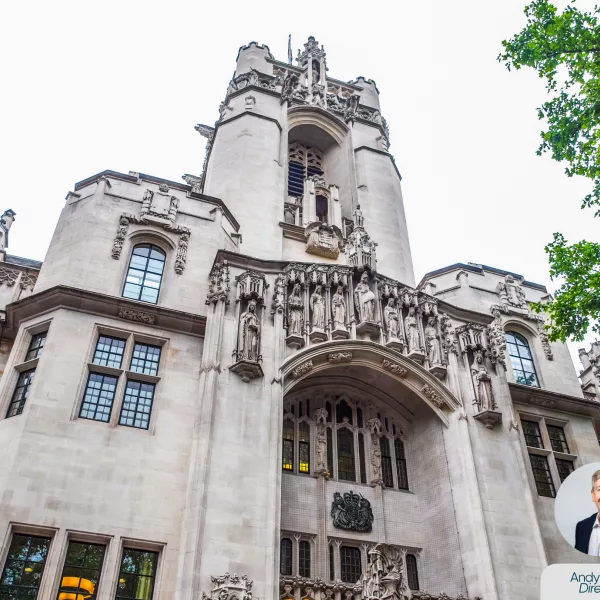
New Government Signals Intent for Clean Energy Sector
It is now over two weeks since the General Election and it is clear that the new Labour Government has signalled its intent to deliver a series of key planning reforms and provide a focus on economic growth. One of the key sectors of the economy being targeted is the energy sector and, more specifically, the emphasis on accelerating the delivery of renewable energy projects. This objective has been front and centre in the public statements by the new Government and perhaps more pertinently, it is evidenced in the interventionist approach we’ve seen with recent decisions on large-scale solar projects.
The tone was set by Rachel Reeves in her first speech as Chancellor, which included the promise to “get Britain building again” and reiterated Labour’s commitment to lifting the de facto ban on onshore wind farms. The ban on onshore wind can be attributed to two footnotes referenced alongside Paragraph 163 in the National Planning Policy Framework (NPPF). The footnotes refer to proposals for one or more wind turbines and require that the planning impacts identified by the affected local community have been appropriately addressed and the proposal has community support. Given that there is often some level of resistance to any new development proposal, the policy has made it extremely difficult to develop onshore wind in the UK.
The new Government has advised that the NPPF will be updated to address this issue. In this regard, Labour has signalled that onshore wind will be a key component of the country’s transition towards a low carbon economy and will assist in moving towards a diverse range of domestic energy sources which can underpin energy security.
The public statements by the Chancellor were followed by swift and assertive action by the new Energy Secretary, Ed Miliband, who granted Development Consent Orders (DCOs) for three large-scale solar farms in the East of England. The three solar farms are Nationally Significant Infrastructure Projects (NSIPs) and include the Sunnica Energy Farm, which extends across three sites in East Cambridgeshire and West Suffolk and will have a generating capacity of up to 500MW, with a battery storage component included. The other projects to receive the green light from the Energy Secretary are the Gate Burton Energy Park which will also have a generating capacity of up to 500MW and Mallard Pass solar farm which will have a generating capacity of 350MW. The decision to approve these projects represents a significant boost to the industry.
The Government’s plans for clean energy were also reaffirmed in the King’s Speech which was delivered to the House of Commons and House of Lords earlier this week. The King’s Speech referred to the establishment of Great British Energy, a state-owned energy company, although their remit is yet to be fully defined. It was also advised that legislation will be brought forward to “help the country achieve energy independence and unlock investment in energy infrastructure”. Indeed, it is the latter reference to the need for investment in energy infrastructure which may pose the greatest challenge to the Government’s plans for economic growth. Accelerating the development of renewable energy sources will depend on a significant level of investment in the transmission network and expanding the capacity of the National Grid. Moreover, the Government’s commitments to increasing house building and facilitating the development of data centres and other digital infrastructure are contingent on the requisite upgrades to the National Grid and transmission network being progressed at pace.
The new Government may be enjoying the proverbial honeymoon phase, but the early statements and actions would suggest there is an acute awareness of the dynamic interplay between housebuilding, the digital economy and renewable energy generation, including the challenges that the growth of these sectors pose for the transmission network. We will observe with interest how these challenges are dealt with in the new NPPF and through the prioritisation of infrastructural investment over the coming months.
Other news
See all

Heritage Planning: Insights from Historic England’s Latest Updates
Heritage planning is constantly changing, with legal precedent, new policies, updated advice, and a growing emphasis on balancing historic character…...
Read now
Court Ruling Mandates Early Publication of Planning Obligations
Recent High Court judgements have found that legal agreements made under the Town and Country Planning Act 1990 (which accompany a planning…...
Read now